Total Environment
Home customisation app - eDesign
Client
Year
Total Environment is a creative real estate development company, who was looking to design the next generation of their proprietary tool which allows Total Environment homeowners to customize their homes.
👋 Introduction
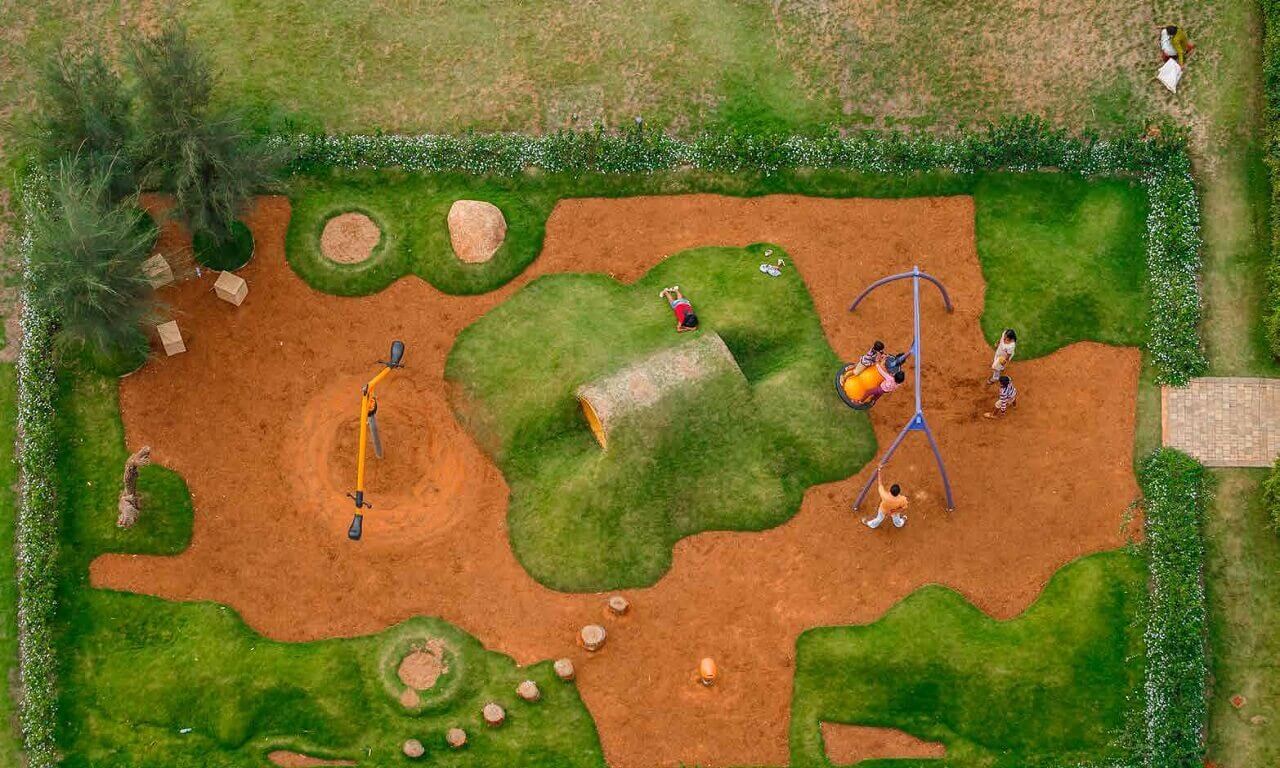
Total Environment (TE) is an award-winning design-led architectural firm. Their commitment to the craft of constructions and attention to details is legendary. Their classification system of construction materials is more detailed than industry standards. They allow their customers to customise their home using their product called ‘eDesign.’ eDesign enforced good design rules, so you can never choose a lousy design.
TE, as a brand isn’t just about construction; it is about delivering ‘priceless’ experiences. This taps into people’s desires for excitement and freedom. At the same time, TE focuses on craft and simplicity, which connects to people’s innate need for personal space and comfort.
They approached Thoughtworks to design a web app primarily focused on iPad “e-Design” allows users to customise their home in real-time 3D where users can choose from 9.4 million design options while 1000+ rules are running in the background. It was one of the most challenging and most extended projects of my career. Clients were architects with a very detailed eye for the experience.
💼 My Role
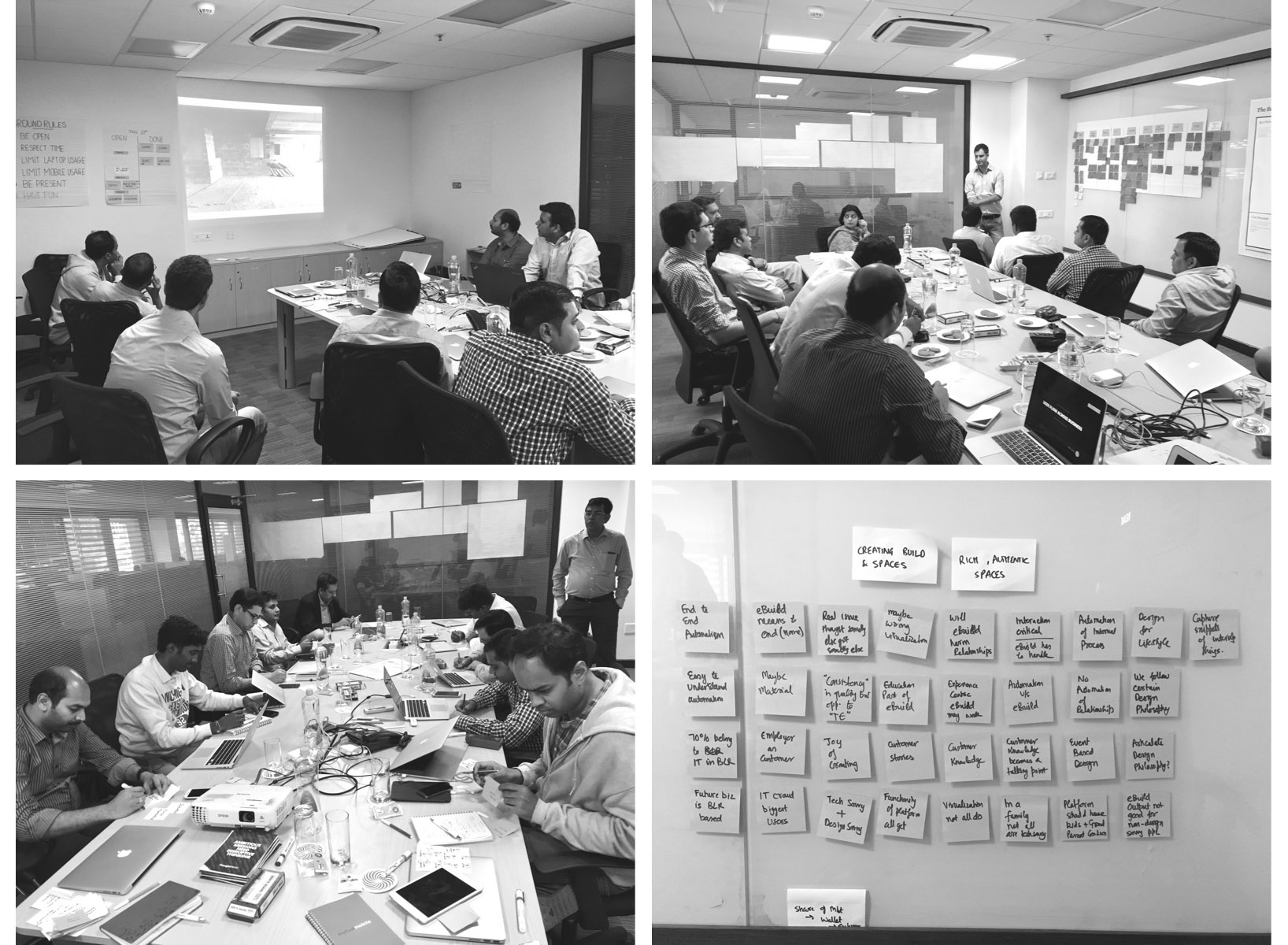
I was part of this project right from the first sales meeting until delivery. We, a team of 2 designers, led experience design from sales to vision to execution. We collaborated with a product manager, business analyst, tech leads and QA's.
Responsibility
- Sell design as a capability
- Set the design direction for the design & team
- Research and design
- Drive ideation workshops and design showcases
- Manage design scope
- Monitor design delivery
Design team size
2 Designers
Tools
Pen & paper, illustrator, sketch
Duration
8 months
🤯 The problem
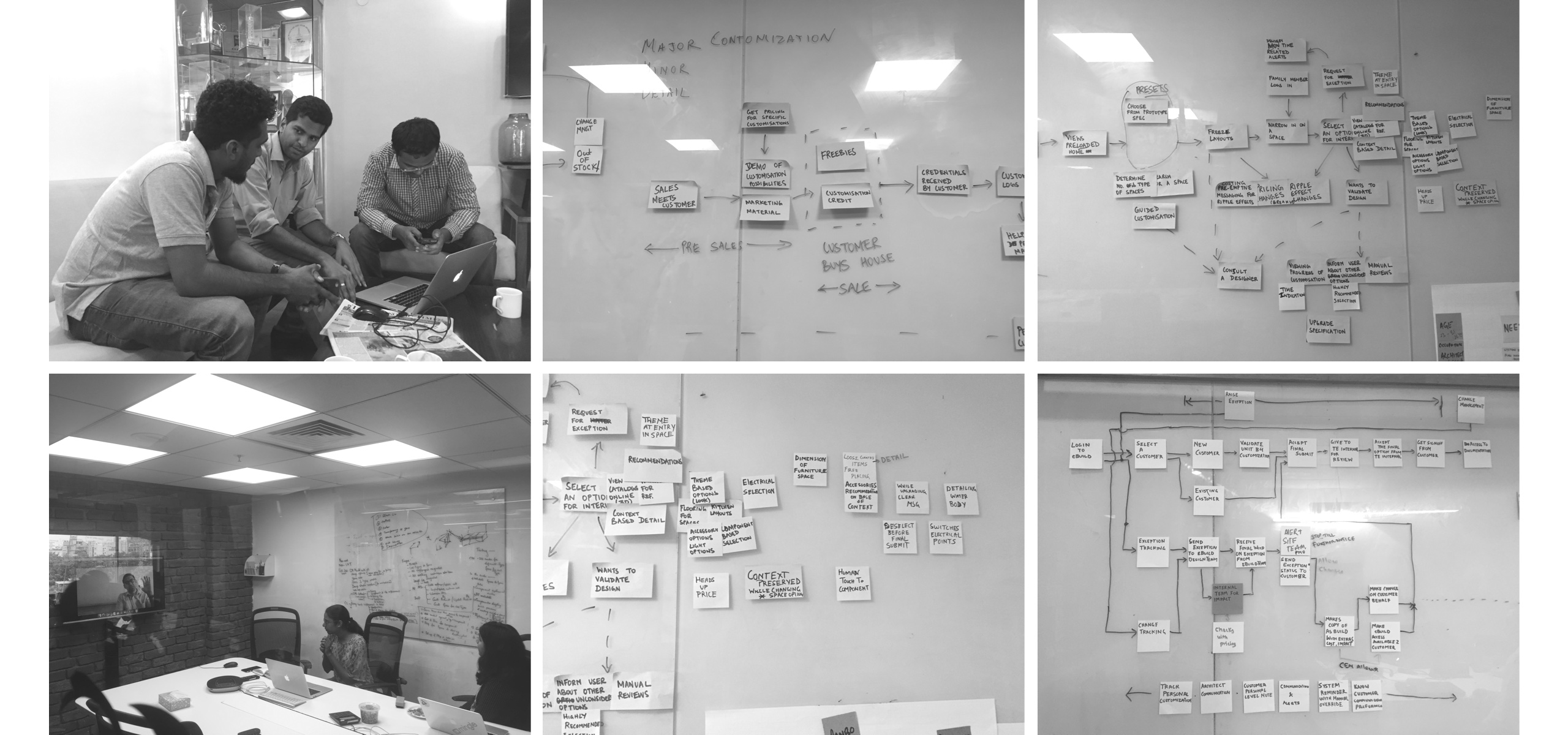
Users aren't able to finish home customisation faster.
🔍 Research
Who is the user?
Homebuyers - people who buy TE homes. Users will customise their home by using eDesign.
User segmentation
The majority of the users are the people who hold the highest social status, E.g. C-level executives, country heads, founders, musicians etc.
HNI (53%) High net-worth individuals who want to own lifestyle product
Investors (24%) User’s who want to invest in the property and put it on rent
Art enthusiasts (17%) Users who are artistic and appreciate the attention to detail and craftsmanship
**Aspirational (6%)** Users who want to own and maintain a high lifestyle product (home).
Few facts about users
During the user's data which was provided by sales and CEM's, We captured these facts about users, which helped me to understand user types.
90% users live out of the country
14% families are distributed
48% buyers are referrals
16% customers are above 38 and stay with family
76% people buy because of personalisation
58% do not take loan
To start, We did a workshop with Total Environment’s founders, CIO, Technical team, Sales & Marketing, customisation experience managers and architects to understand complete eco-system, blockers, challenges and pain points.
- How does the business work?
- Why are we building this?
- What is the problem we want to solve?
- What does success look like? (for our customers, the business, etc…)
- Who is this for?
- What do they use this product/feature to accomplish?
- What is the scope of this project?
Business goals
Based on the workshop, we captured these goals for all stakeholders, which became a direction for the project.
eDesign (product for homebuyers)
“Finish customisation faster”
CEM’s (Customisation experience managers)
“Personalised experience for buyers"
Architects (e-Design design team)
“We want to deliver faster”
🤔 Making sense of it all
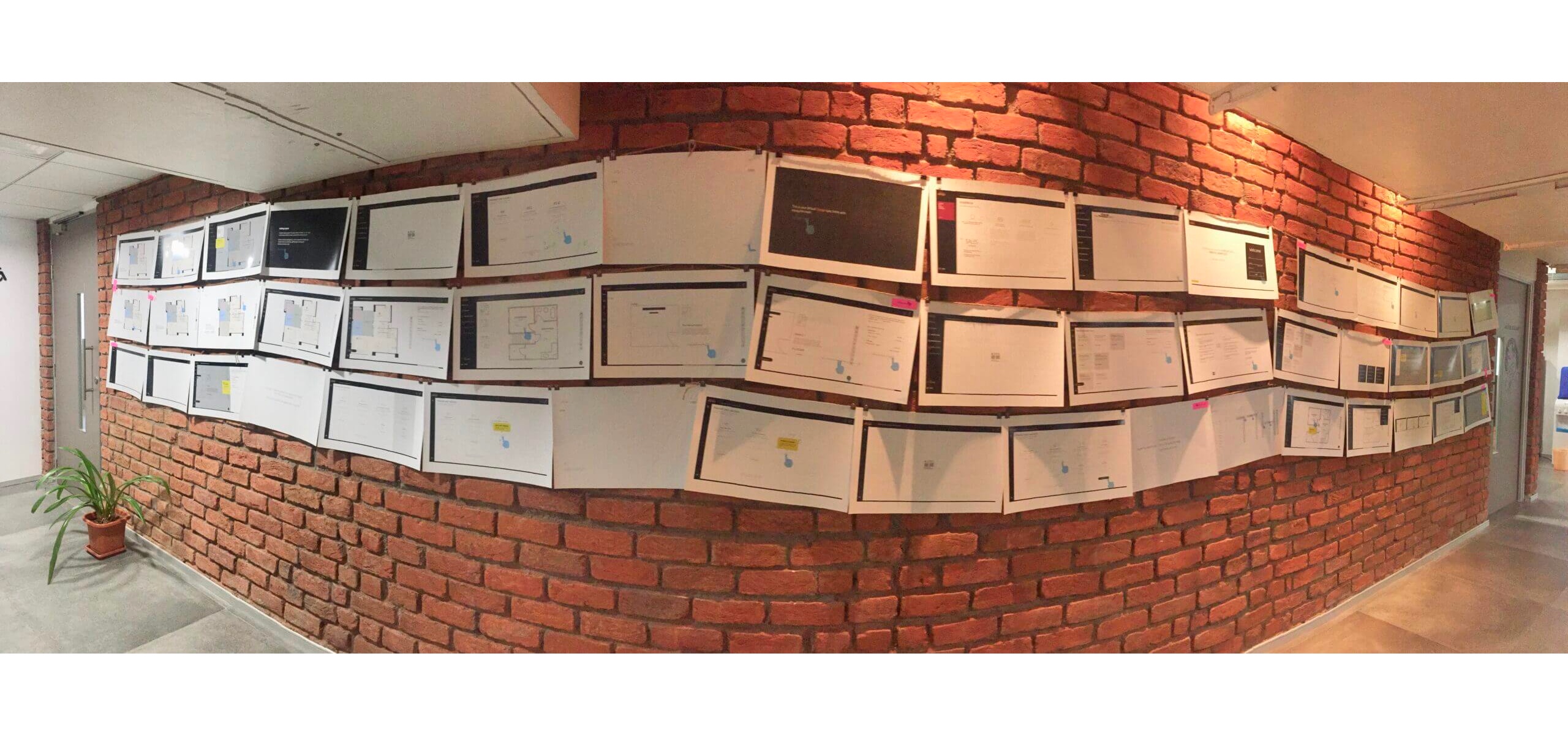
eDesign
- Users land in the system without any onboarding or guided navigation. The system gives the impression that it’s a non-linear journey.
- The system fails to provide how and where to start, which resulted in cognitive load.
- The long learning curve for users
- 2d view design options and product images are low quality
- Users can’t finish customisation without human intervention (CEM) because customisation like electrical needs CEM’s to be present as it’s an offline process.
- The system doesn't provide price breakups, CEM’s shares separately.
- eDesign customisation stages aren’t aligned with real-world communications.
- Manual onboarding on eDesign by CEM increases memory load on users.
- Users get confused with multiple customisations stages
- No help or customisation guide in the system
- Users feel confused about dimensions.
- The current system allows only one user at a time. It’s not a collaborative tool for families.
- 2D failed to give a real feel of the space
- Doesn’t show a big picture of the space
- The system doesn’t show any visual impacts which can communicate to users what and where they are compromising.
- Mostly dependent on manual work, so extremely error-prone
- Slow performance. It takes around 1 minute 8 seconds to load each design option
- The system doesn’t allow users to buy movable furniture or furnishings.
Sales
- In all 6 sales meetings with potentials clients, we observed that every sales executive explains customisation differently.
- Too many customisation stages are hard to sell and confuses users.
- Sales executives aren’t entirely aware of what’s possible to customise what’s not.
- The sales team is aware that customisation is a market differentiator for them, but they lack detailed customisation knowledge.
- The team feels if they can gain full knowledge and can give live tool’s live demo will help in communicating value and will boost sales.
- They aren’t sure what to answer if users have special customisation request because they need to first check with CEM/architects about the feasibility.
- The way they explain customisation gives an impression that personalisation is a non-linear and non-sequential journey.
CEM (Customisation experience managers)
- 88% of users ask CEM's how and where to start customisation because the current system fails to guide them.
- 32% of users ask for personalised options
- Users prefer talking to CEM about design option instead of exploring in the system
- CEM's get request from the user about them sitting with the users while the user is doing customisation. Especially users who are abroad. One of the main reasons is that the system fails to guide the user
- They get lots of calls about what all can they customise what they can’t.
- Users ask CEM's to send movable furniture and furnishings catalogue because in all print and demo homes they see
- Most of the users are worried about how their space will look
- Electrical customisation is offline and eats up lots of time
- Average time to get drawing signoff is 8-14 days. Also, lots of users request CEM's to walk through the drawings before they signoff
- Users fail to understand the drawing set (output)
- Users want to see what materials will be used, and how will it look.
🖥️ Kicking off the design
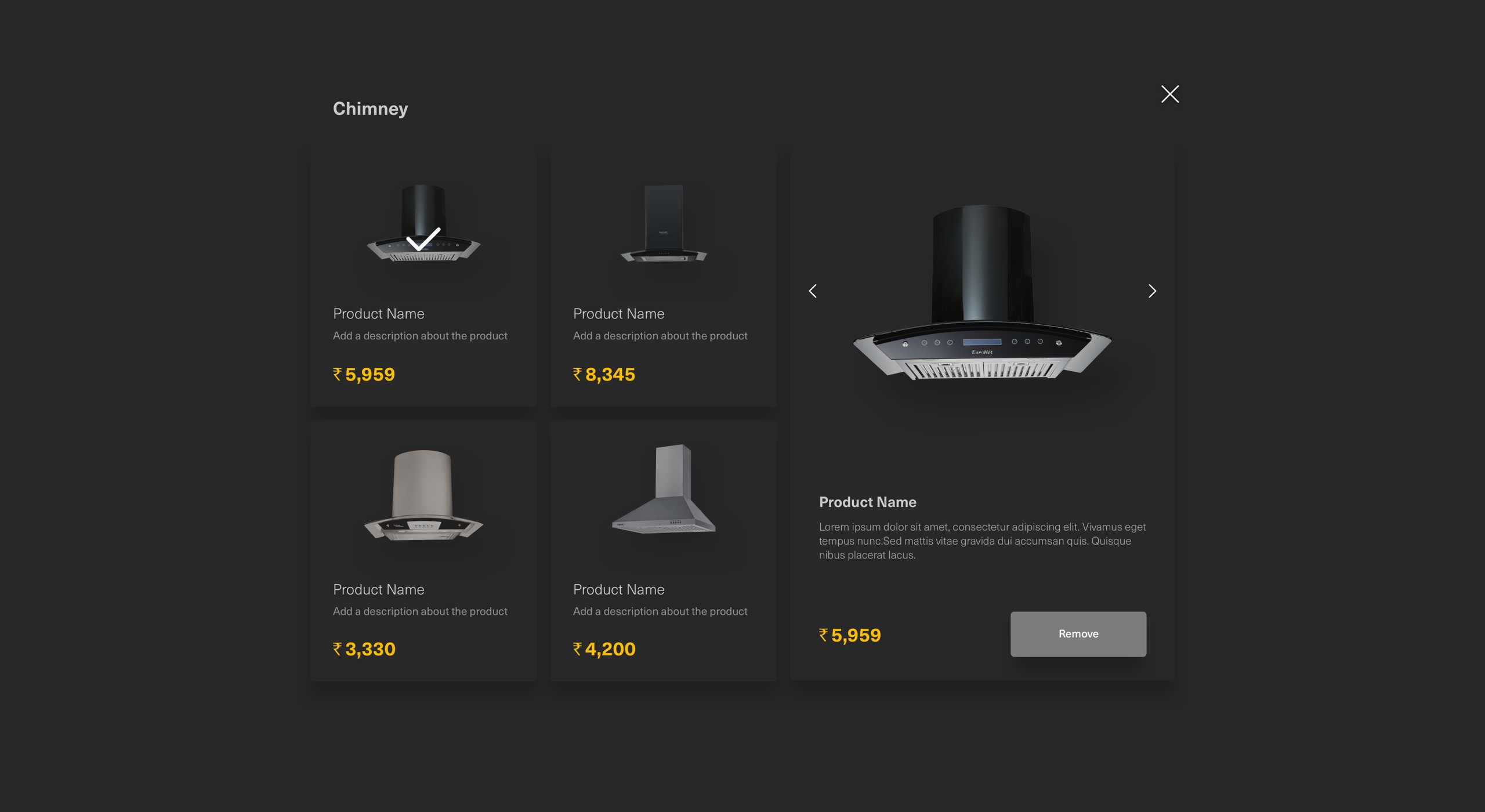
We were capturing all the necessary details to start the mood board for this product. We defined these principles to set the direction for the visuals.
Stress Free / Minimal and aesthetic / Easy for eyes / Extension of brand.
🦴 Prototype
Sunil Shrivastav sketched out wireframes for each page, just to get the basic idea of how the pages will look.
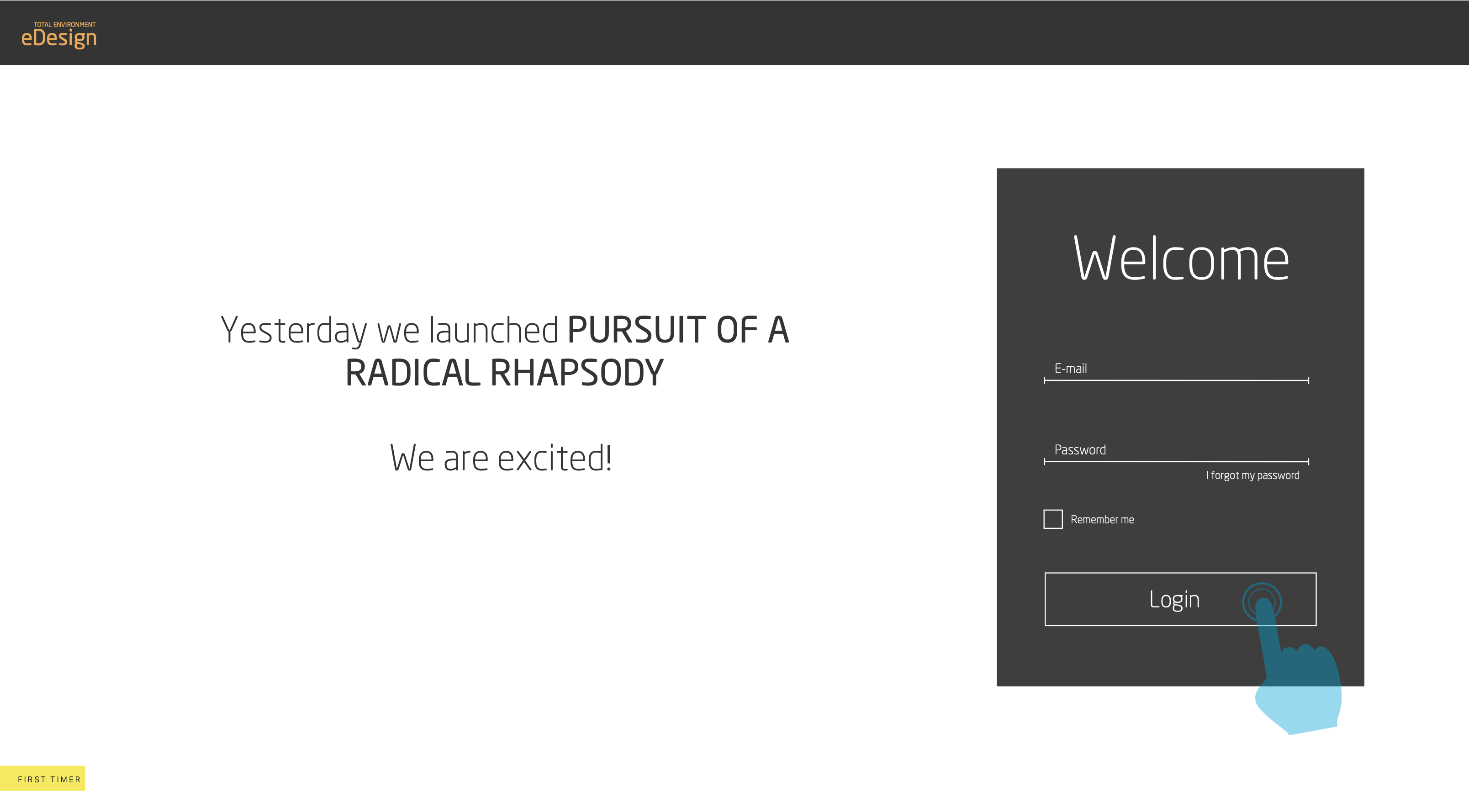
login
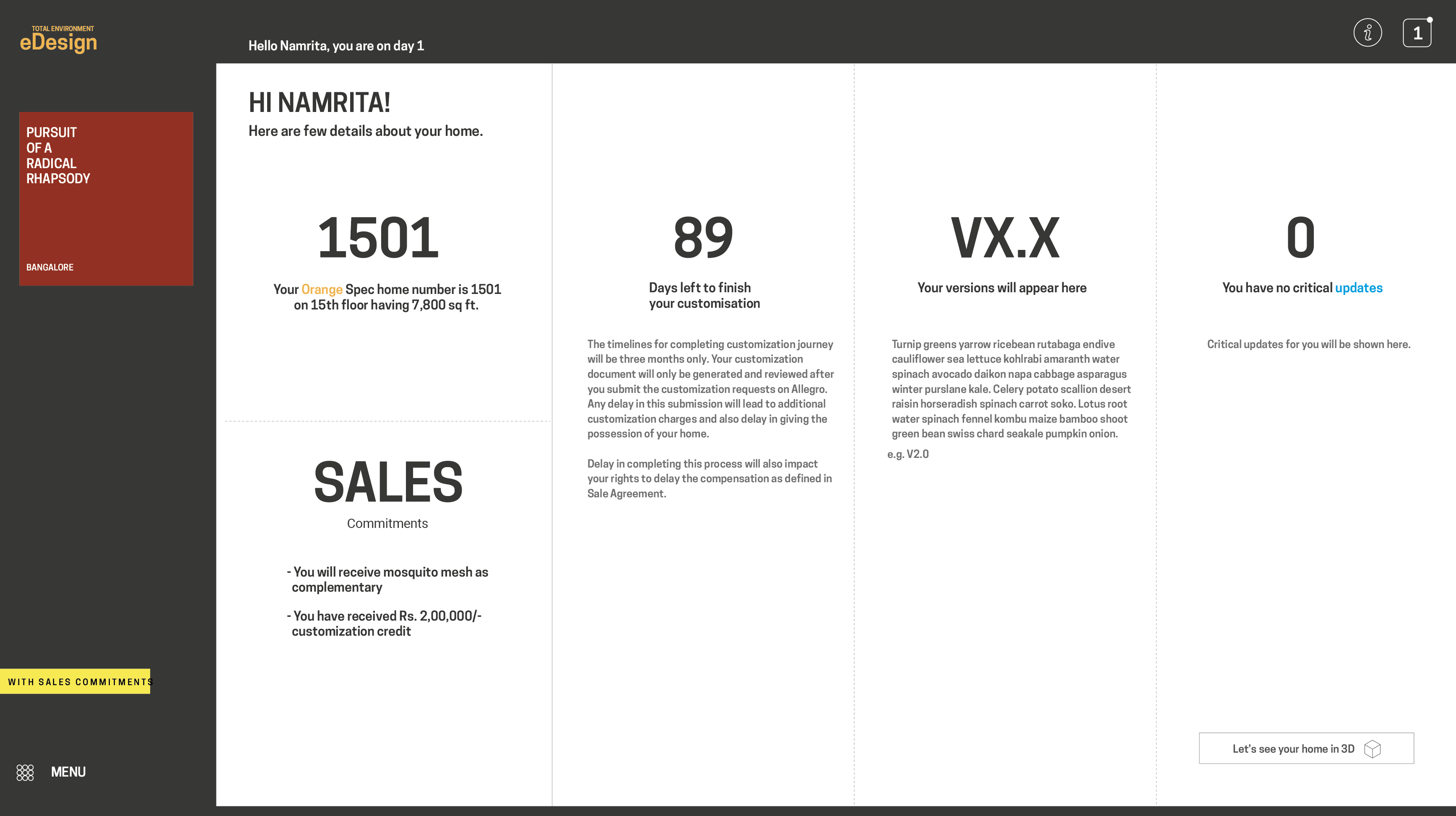
landing screen
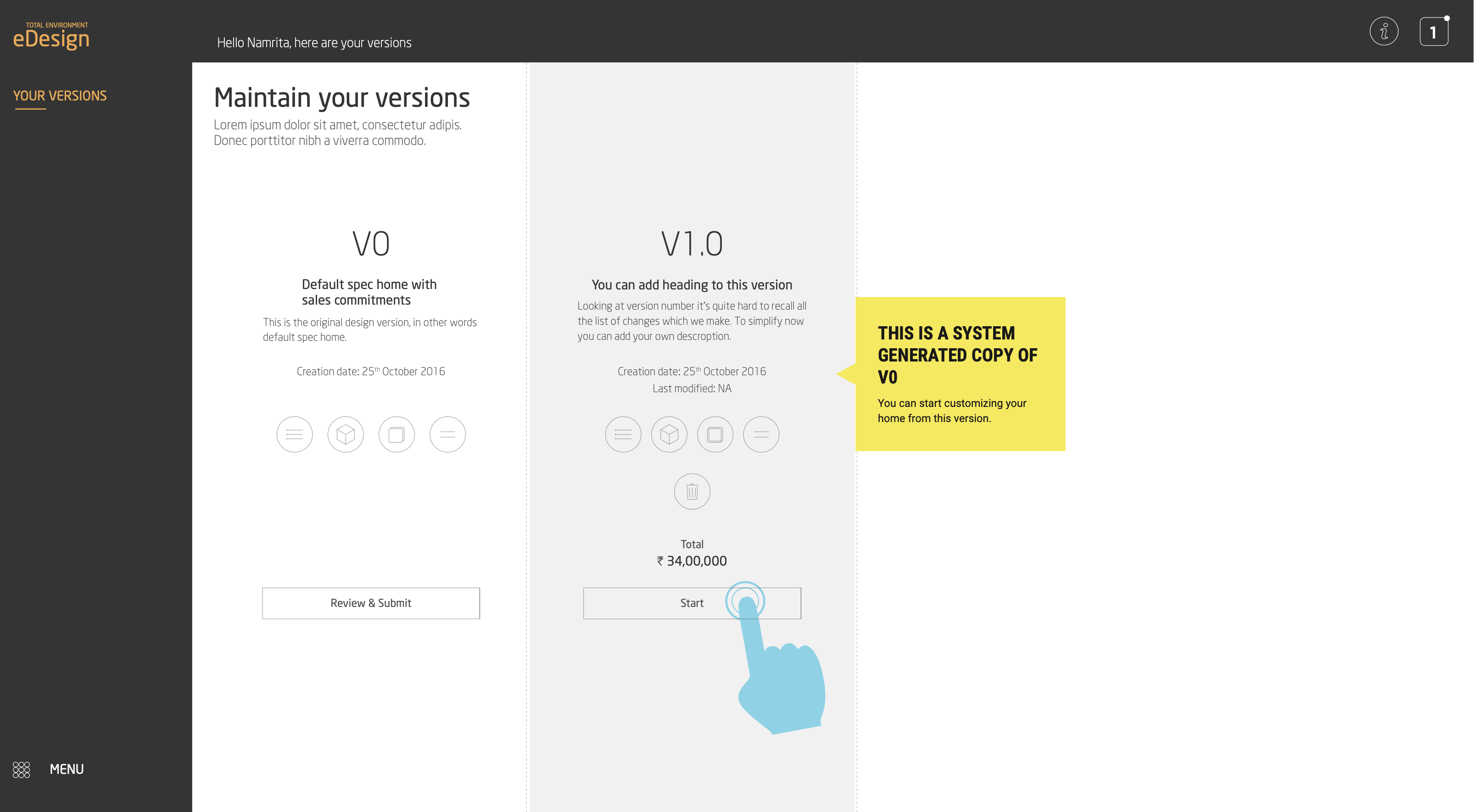
versions
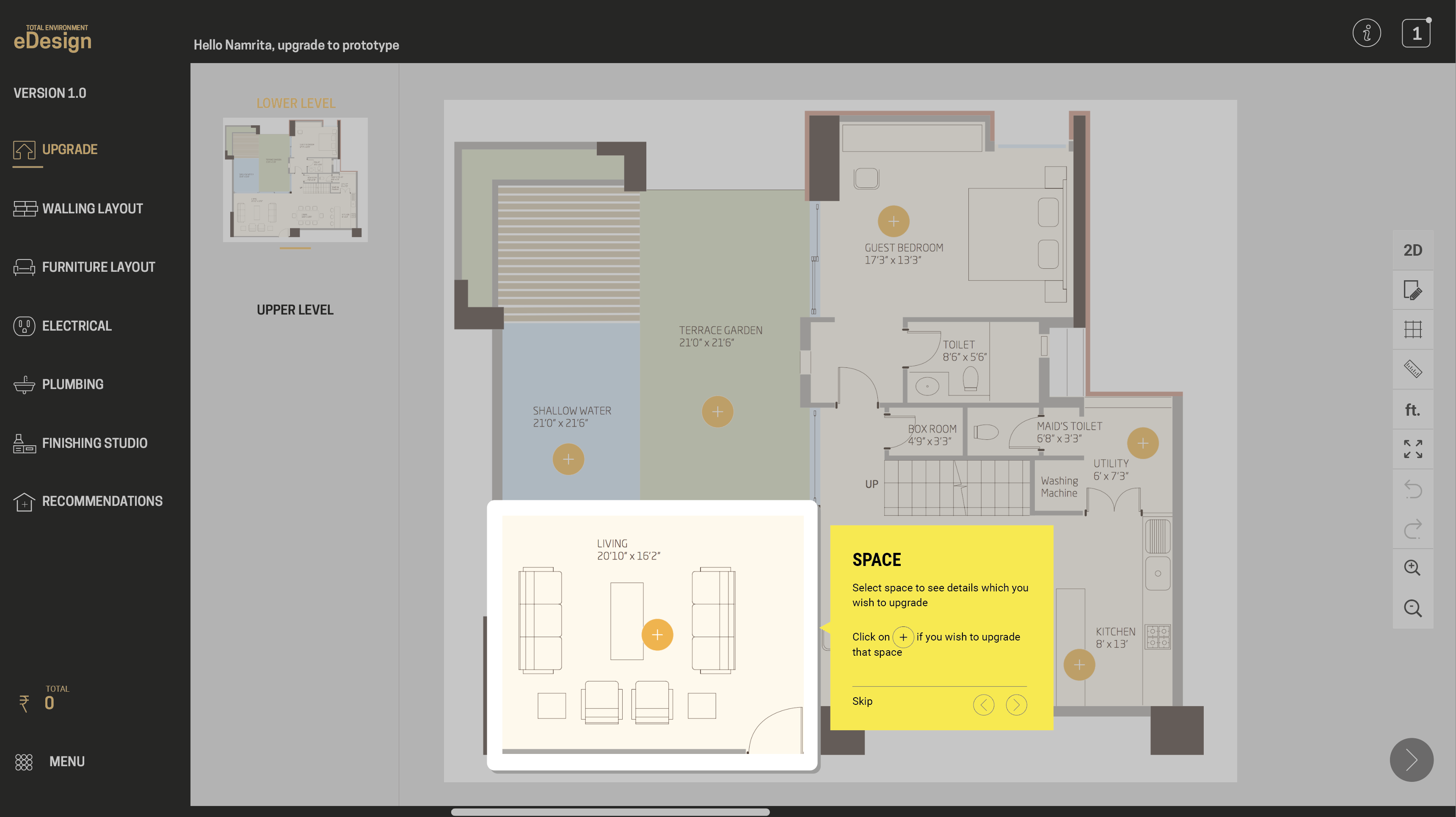
walling layout
🧪 Evaluation
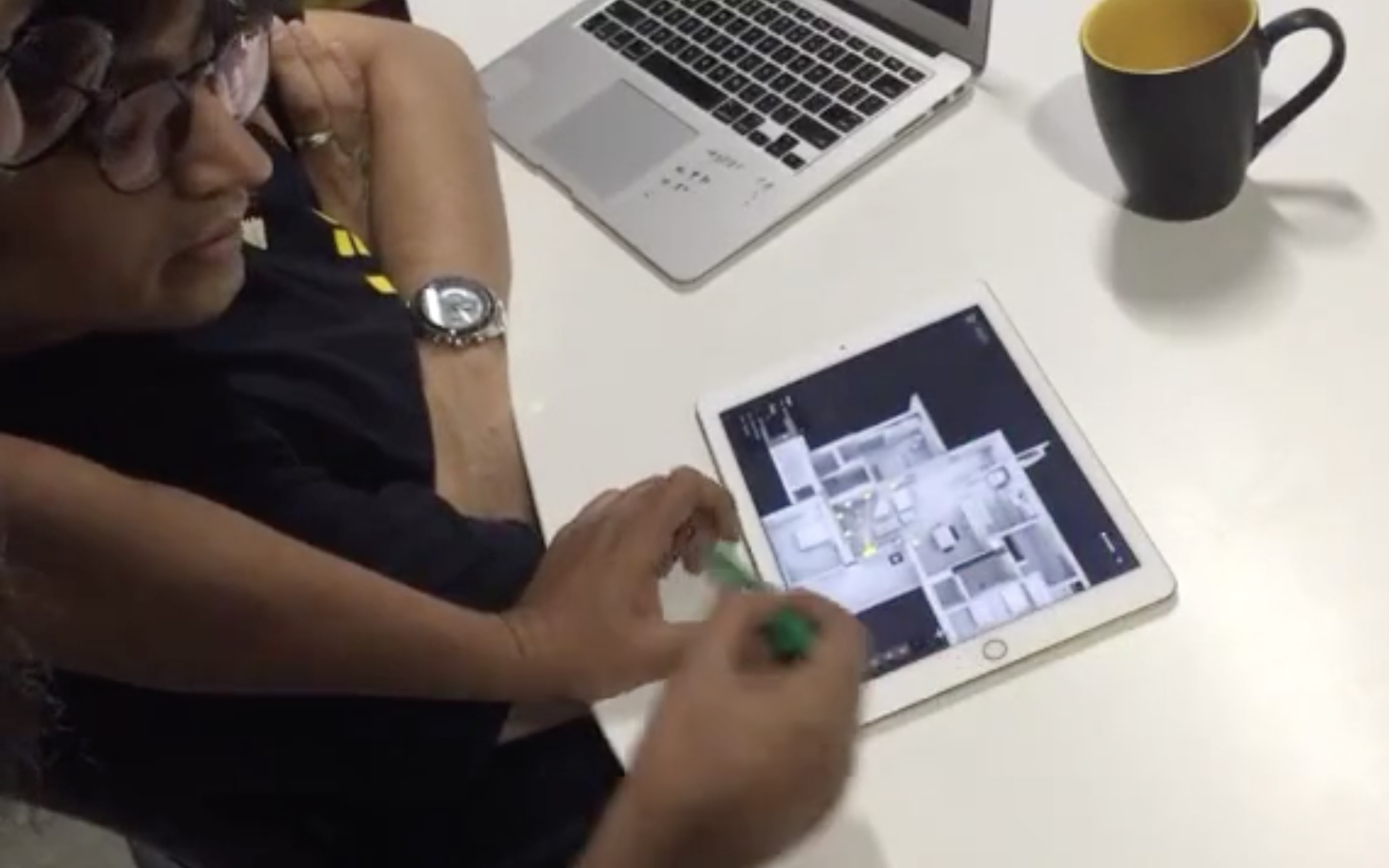
Since TE's majority of the users are the people who hold the highest social status, so it was quite hard to get their time. Most of the time, we used to rely on sales or CEM's. We used to go to the sales office and wait for people to turn up or wait for CEM's meetings with users. This is a challenge as when We need to test with users we don't have them. If we wait, we lose time as the tech was happening parallelly.
We found another way to do quick test contents/designs. We took the guerrilla testing approach - started showing designs to others to get a fresh perspective. Is it easy enough for first-timers?
Early adopters testing - We named them because they were seeing/using this product the first time.
- Sales office (at the site), we tested features and concepts with prospective buyers.
- CEM meetings with homeowners who are already TE customers but using old eDesign.
- Office colleagues who were not part of the project
- My few friends who bought a house somewhere else.
- My family and sunil's daughter (10 years)
Testing with stakeholders
- Sales and marketing team
- Customisation experience managers (CEM)
- Architects
🔬 Findings
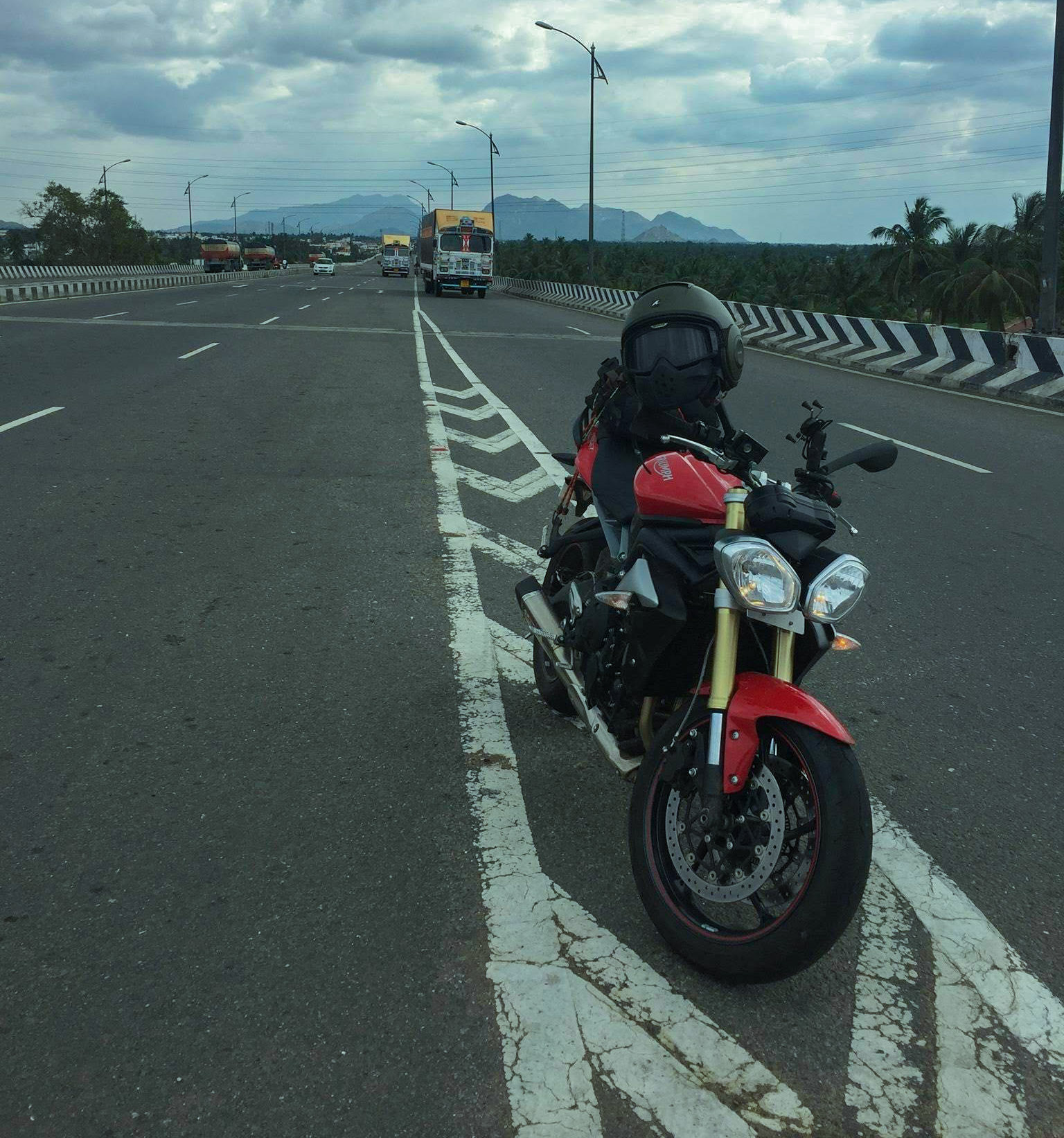
During our first design showcase, We showed wireframes on the projector, and soon we realised that stakeholders had a hard time understanding the flow and designs. Especially connections because for few people on-screen it's hard to connect the dots between screens. We observed how architects worked and realised, architects generally play a lot with papers when they work on designs and when they present. I took that as a learning experience and changed the way of showing flows and designs.
We moved from digital to paper for design showcases so that architects can feel homely.
Visual designs were shown only on iPad because we observed that the projector doesn't justify the quality/perfection and also we wanted to give them the real feel of how the product is going to look and work on iPad.
Fun fact
For design showcases, my friend Sunil and I used to ride 580kms with a box of printed wireframes to showcase. We named that box 'Box of hope'. Yes, we both love riding motorcycles, so we thought, let's mix fun with work.
Another not so fun fact is, I met with a serious accident while returning home after the project and was bed ridden for 7 months.
🏆 Post live
It’s hard to quantify how much we did learn by working on this project with such a talented team, but I can easily point out how the redesign impacted users and how it reflected in business. After eight months of going live, Total Environment shared data with us to celebrate success.
eDesign
- The fastest customisation was in just three days by a user with 22% customisation
- Customisation cycle reduced from 60-90 days to 7 - 23 days. (based on 138 users)
- 94% jump in self-start
- 38% sales increase in movable furniture and furnishings
- Drawings sign-off time was reduced to 89%
- 19% jump in updates and preset sales
CEM's
- Number of calls from customers dropped by 76%
- Faster turn around time for personal requests
- Exceptions reduced by 42%
Architects
- 3800 apartments project was uploaded in just four days
- 17% increase in design options
🎨 Final Design

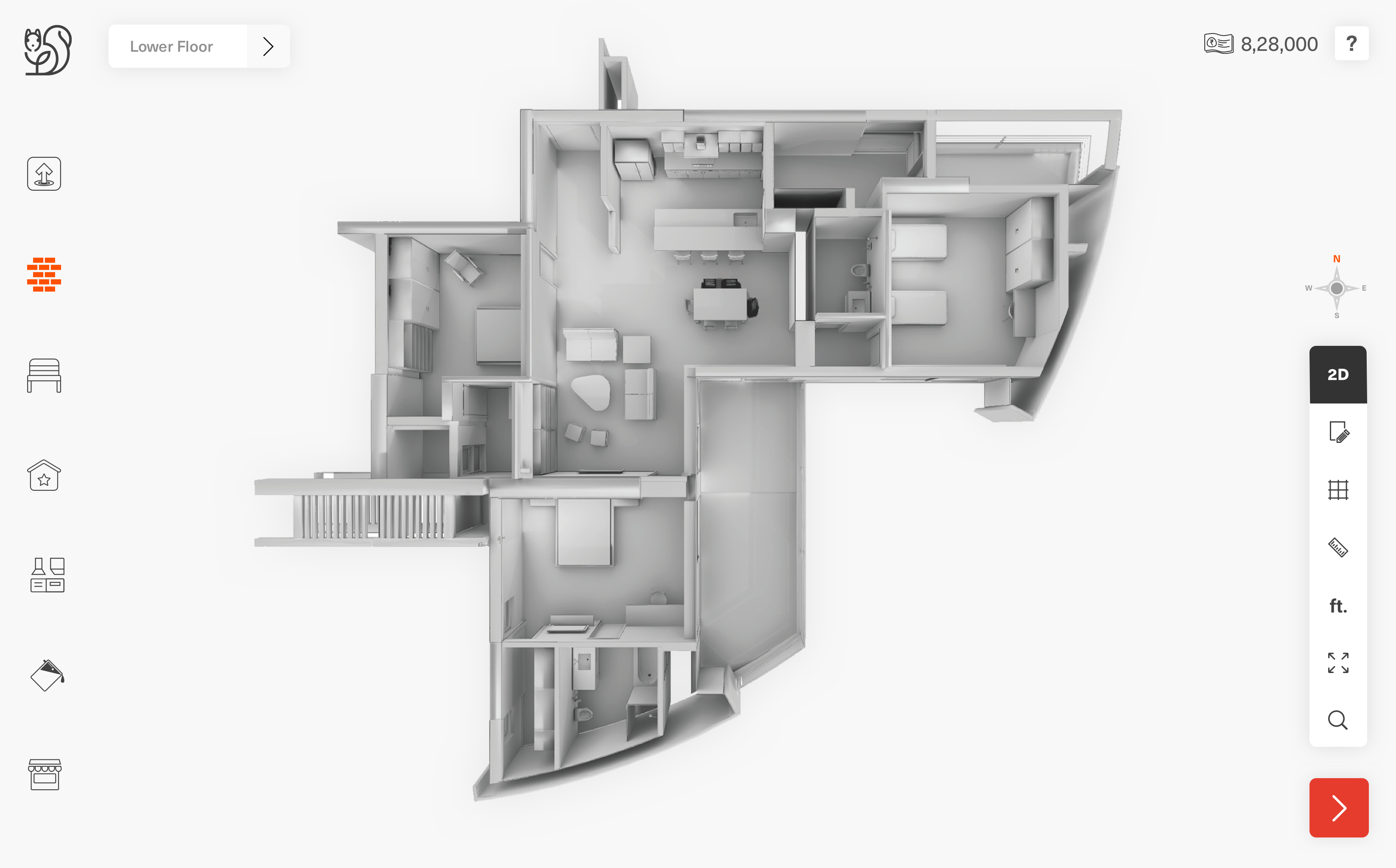
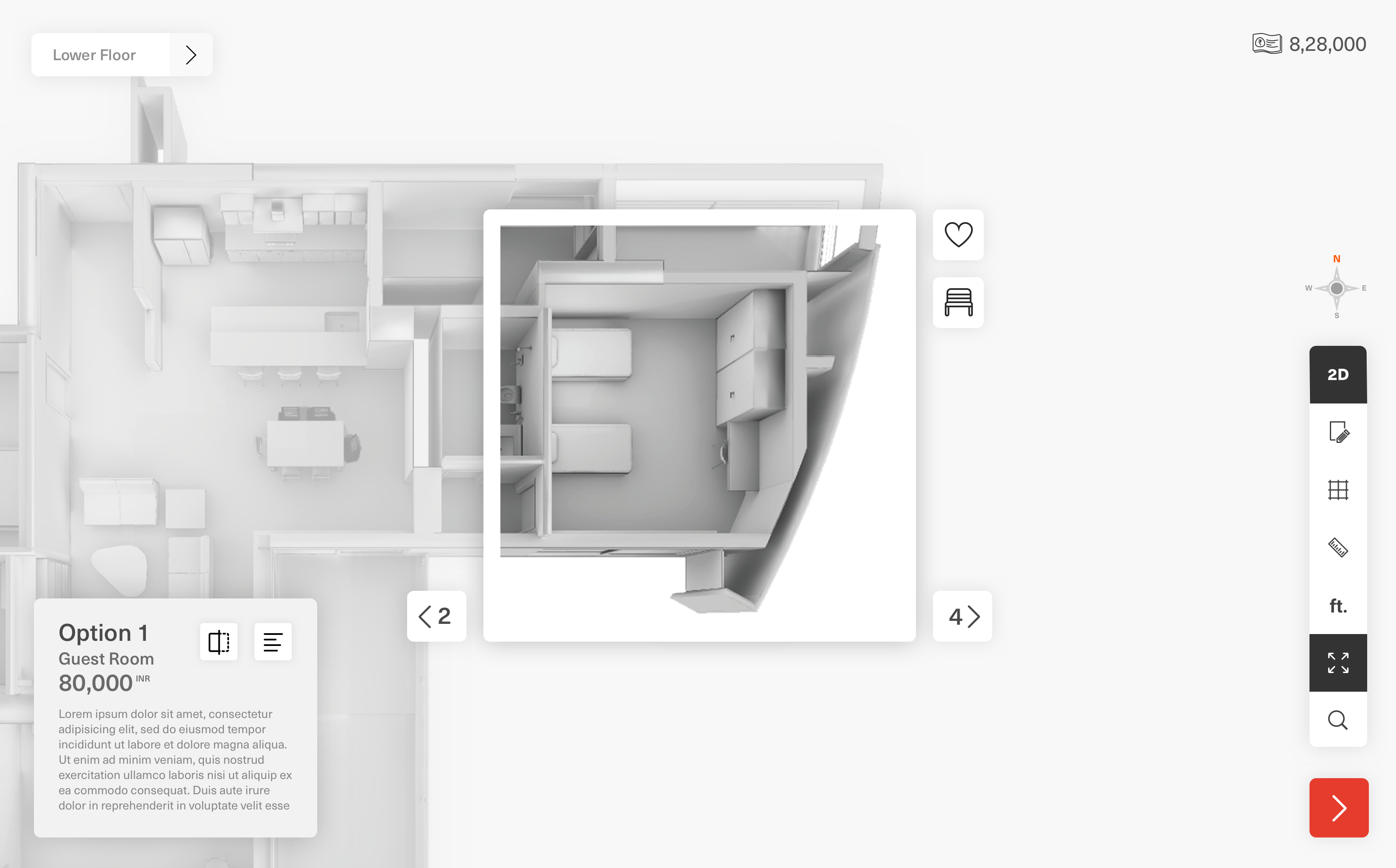
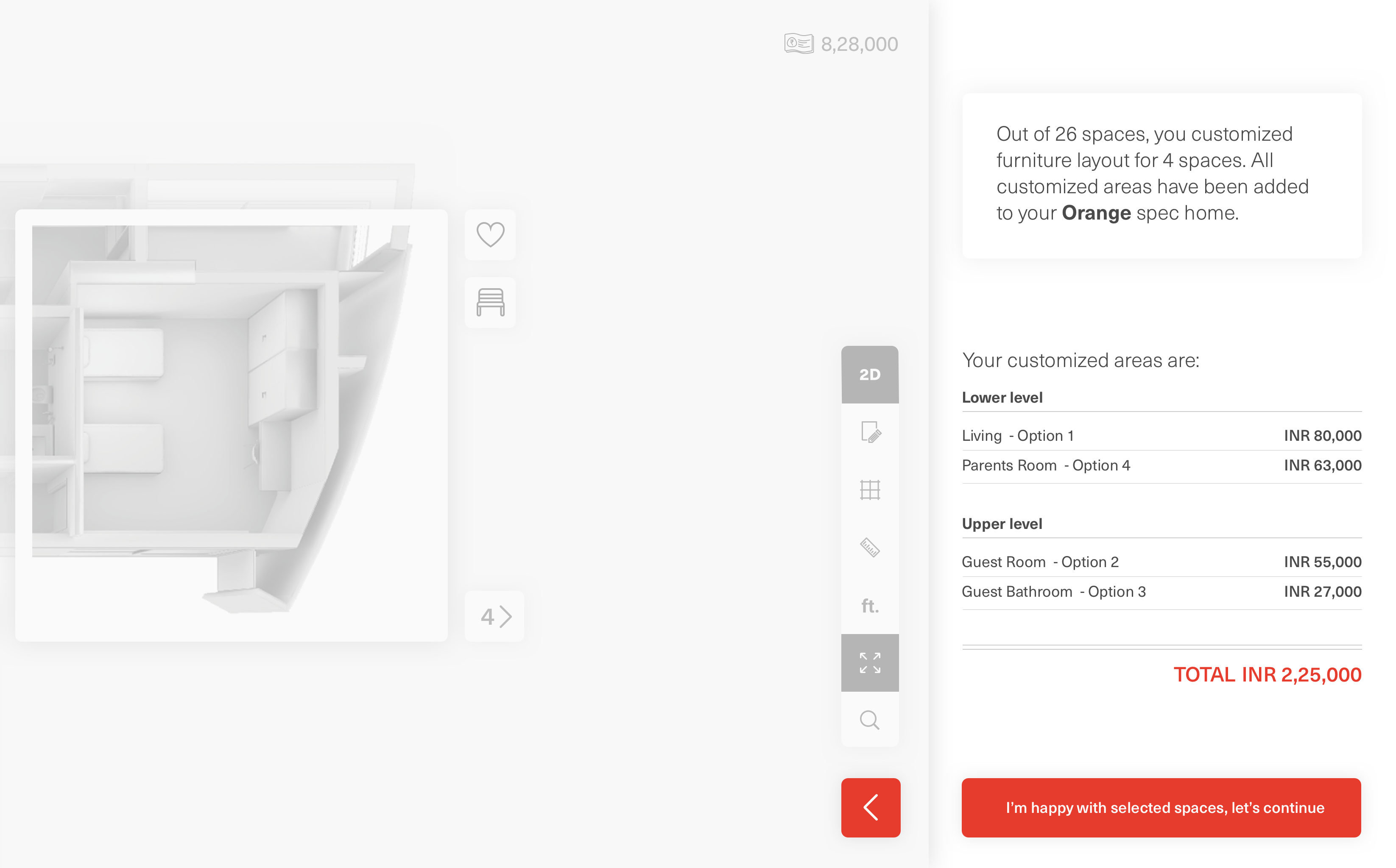
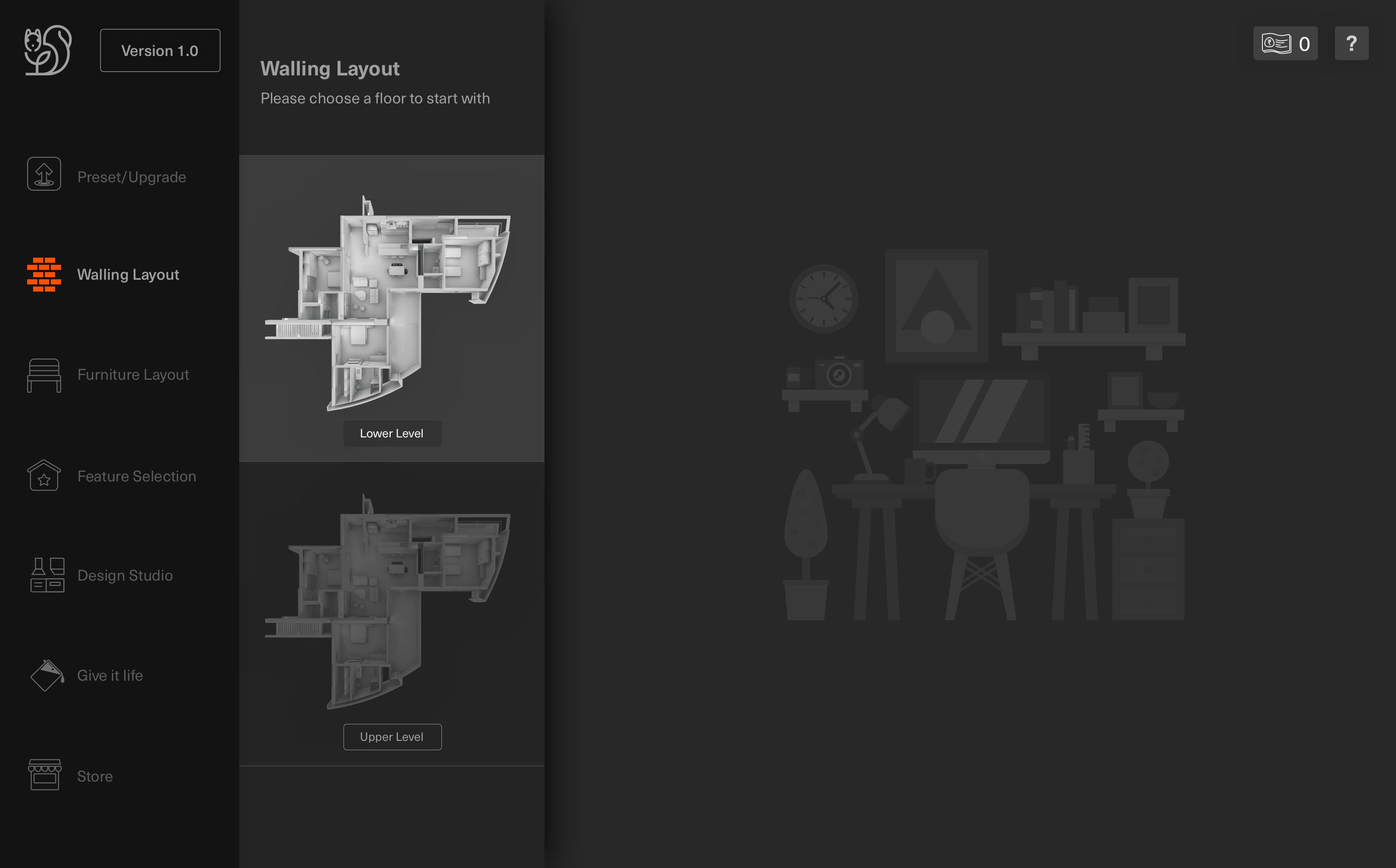
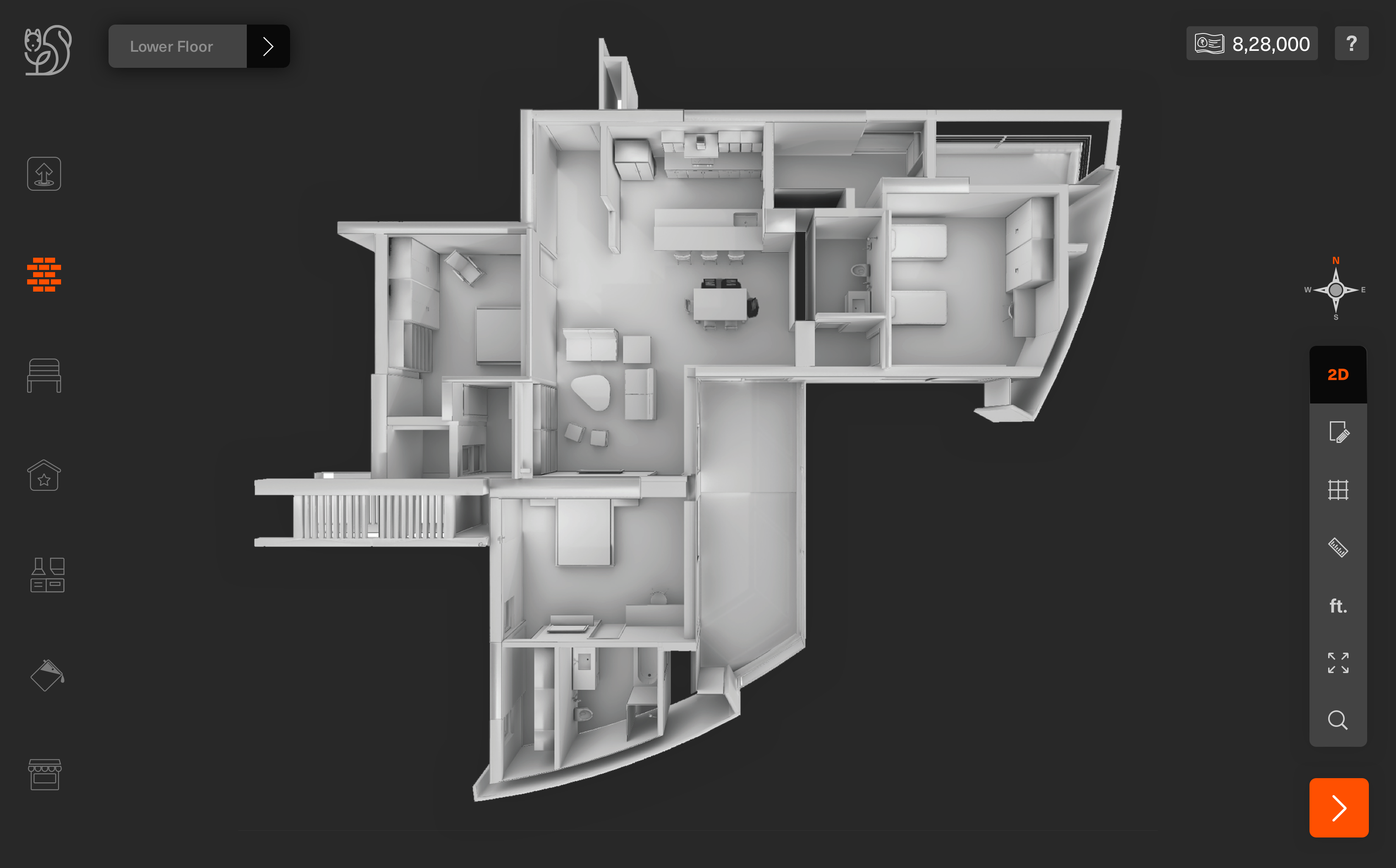
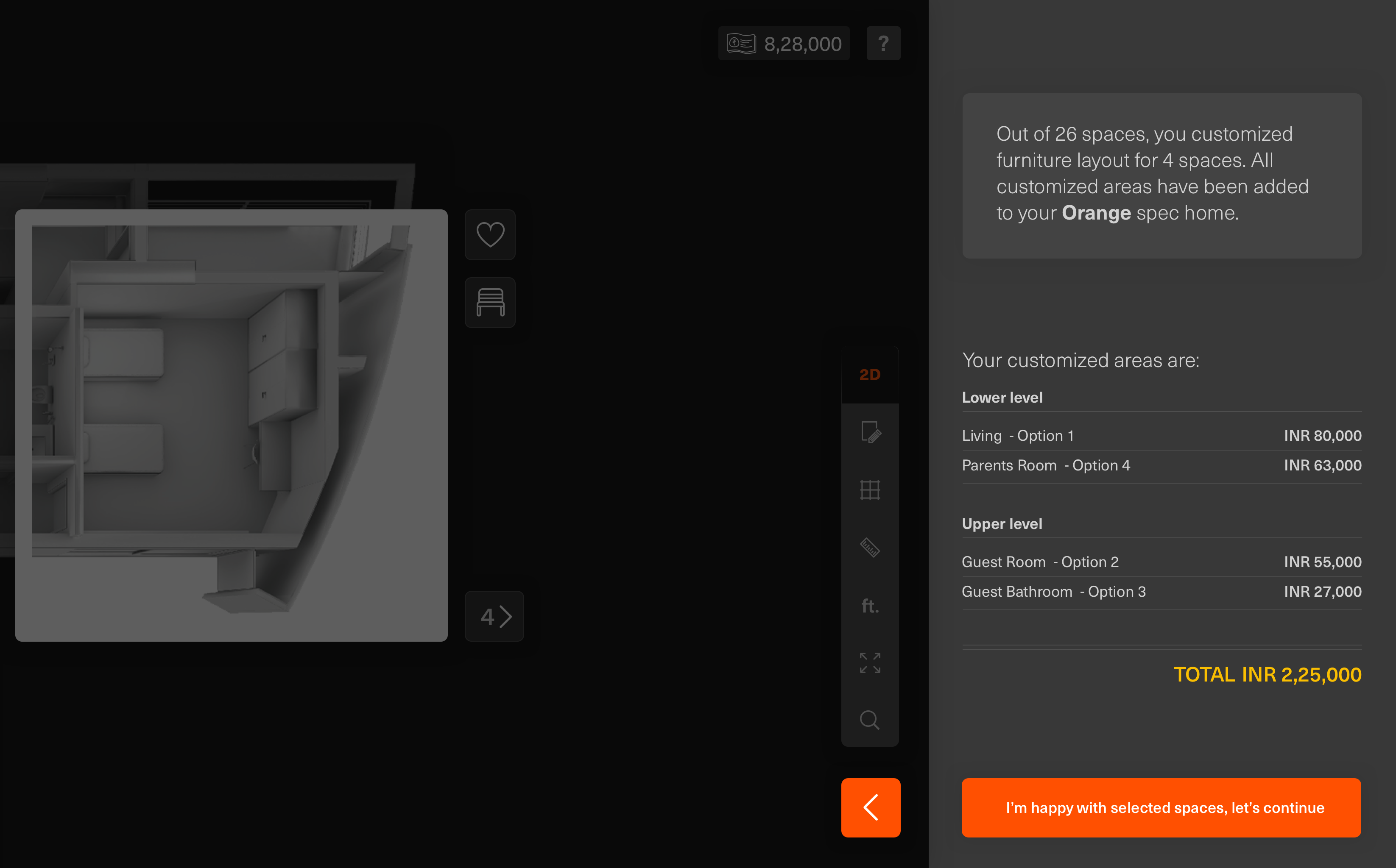
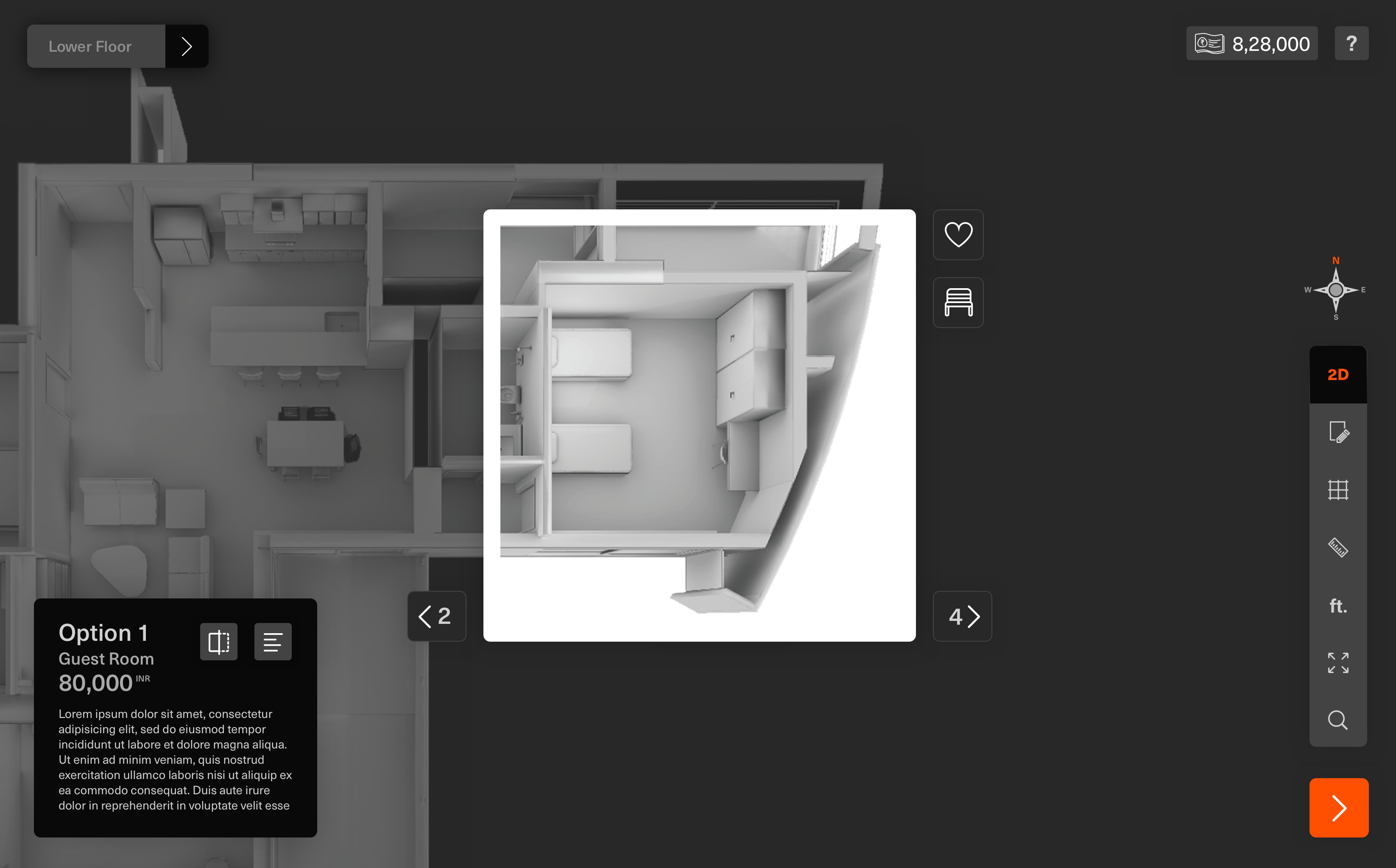
Good design is about making a connection. - Total Environment founder

